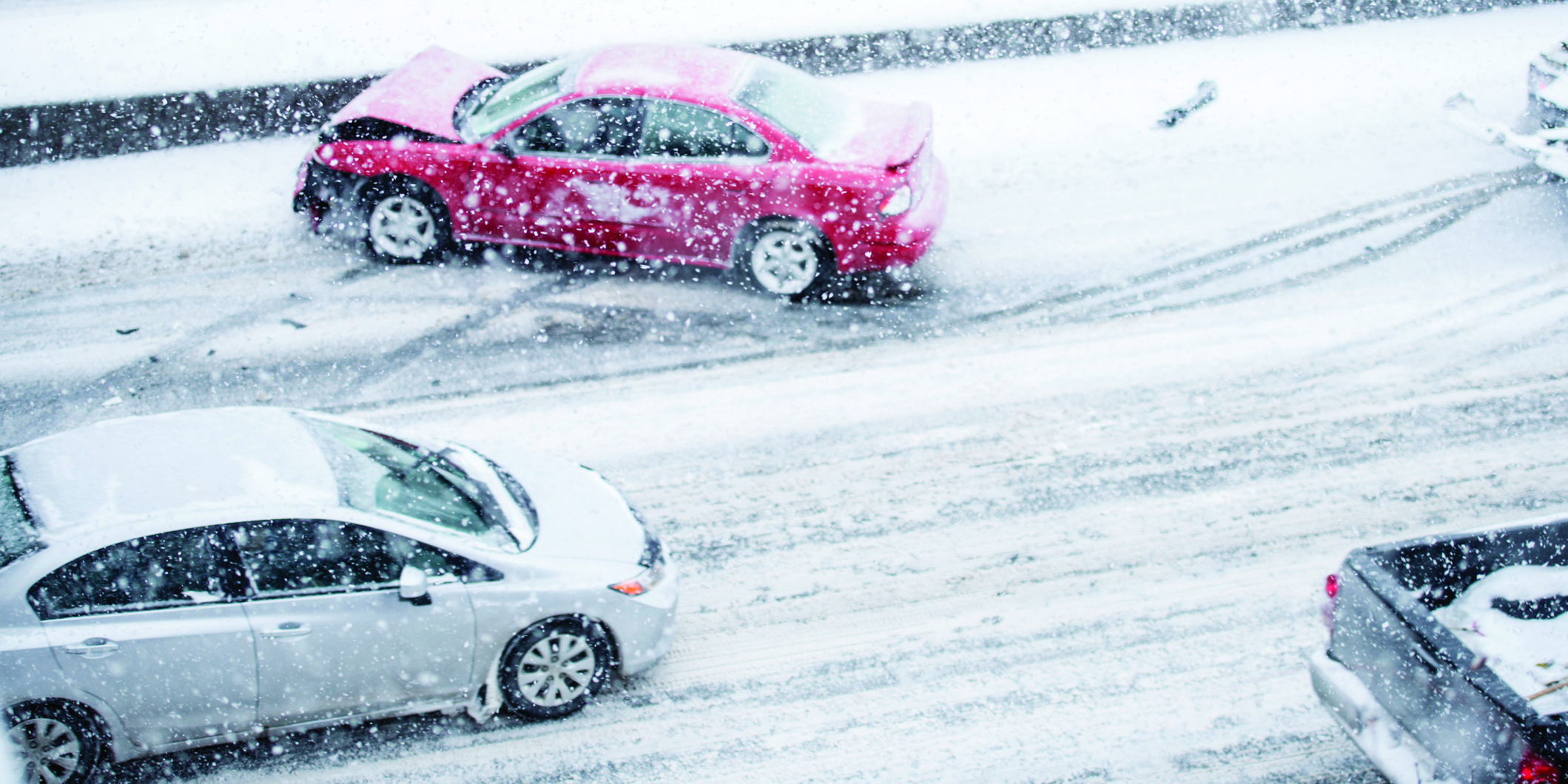How To Navigate a Chain-Reaction Collision in Washington


Navigating Chain-Reaction Collisions in Washington’s Winter
Winter in Washington brings hazardous driving conditions, with icy roads and poor visibility creating significant risks for motorists. Unfortunately, these conditions often lead to chain-reaction collisions, resulting in devastating outcomes. A chain-reaction collision occurs when one vehicle triggers a series of crashes involving multiple vehicles. Regrettably, such incidents are all too common on Washington highways in the winter months.
Complexities of Chain-Reaction Collisions & Insurance
Chain reaction collisions are more complicated to unwind than many other kinds of collisions. Establishing fault, also known as liability, in a chain-reaction collision can be difficult. Chain-reaction collisions often have more than one at-fault party. The most likely causes of a chain-reaction collision are exceeding a reasonably safe speed for the conditions, or inattention.
Secondly, the amount of liability insurance is often inadequate to cover all of the claims. Having an experienced lawyer on your side will ensure that an allocation of the available liability insurance will be provided that makes you as close to whole as possible.
Experience Handling Complex Chain-Reaction Collision Cases
Abeyta Nelson has handled many personal injury claims resulting from chain-reaction collisions, some involving 20 vehicles or more. Our firm secured a $145,000 settlement for a client injured in a chain-reaction collision on Interstate 82. The collision involved at least seven separate collisions and nine vehicles. The weather was foggy, and the roads were slick due to ice.
This chain-reaction collision started when a driver (vehicle 1), whose vehicle had inadequate tire tread, lost control of her vehicle and struck a semi-truck (whose identity was unknown). A second driver (vehicle 2), also traveling too fast for conditions, was unable to avoid striking vehicle 1. After striking vehicle 1, vehicle 2 crossed the center line and struck a semi-truck that was legally parked on the shoulder of the highway. Vehicle 3 came upon the scene driving too fast for the road conditions and struck vehicle 2, blocking the lane of travel.
Vehicle 4, a semi-truck also traveling too fast for road conditions, struck vehicle 1. Vehicle 5 came upon the scene and was able to avoid striking any of the disabled vehicles. The occupants of vehicle 5 exited their vehicle. Vehicle 6, in which our client was passenger, approached the scene at a speed too fast for the road conditions. Unfortunately, vehicle 6 struck one of the occupants of vehicle 5 who died at the scene. Vehicle 6 then crashed into a guardrail. Our client suffered a significant knee injury, which required surgery for a total knee replacement.
Maximizing Compensation for Victims
Determining who was at fault for causing the chain-reaction collision was complicated. We made claims against four of the drivers involved in the collision chain. We also made two underinsured motorists’ claims under polices that covered our client. We were able to successfully recover settlements from all six of the insurance policies in play. To do so, we had to do extensive work to determine who was potentially at fault and then aggressively advocate for our client in order to maximize the share of insurance allocated to our clients.
Collisions like this one have lasting consequences, including permanent life-altering injuries. These cases are often complicated and require the expertise of an experienced law firm to obtain all the compensation clients deserve.
Contact our Car Accident Attorneys in Yakima
If you or a loved one has been injured in a chain-reaction collision, call Abeyta Nelson Injury Law right away. There is never a charge to discuss your questions with us, and no fee unless we win your case. The sooner we are involved, the more help we can give you.
Blog written by attorney David P. Abeyta, Abeyta Nelson Injury Law